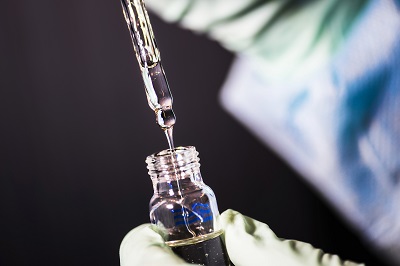To obtain CE certification for a Class B medical device in the EU, you need to meet the following requirements:
Technical Documentation: Prepare a comprehensive technical file that includes:
- Device Description: Detailed information about the device, including its intended use and mode of action.
- Design and Manufacturing Information: Specifications, drawings, and manufacturing processes.
- Risk Assessment: Analysis of potential risks associated with the device and how they are mitigated.
- Clinical Evaluation: Data demonstrating the device’s safety and performance based on clinical studies or literature.
- Labeling: Instructions for use, packaging, and other labeling requirements.
Quality Management System (QMS): Implement a QMS that complies with ISO 13485, which outlines requirements for quality management in the design and manufacturing of medical devices.
Compliance with Medical Device Regulation (MDR): Ensure the device meets the requirements set out in the EU Medical Device Regulation (2017/745). This includes general safety and performance requirements, risk management, and post-market surveillance.
Involvement of a Notified Body: For Class B devices, you must involve a Notified Body. They will review your technical documentation and QMS to ensure compliance with the MDR.
Post-Market Surveillance: Establish a system for monitoring the device's performance after it is on the market. This includes reporting adverse events and taking corrective actions when necessary.
Preparation for Audits: Be prepared for audits by the Notified Body, which may include on-site inspections of your manufacturing facilities and QMS.
Ongoing Compliance: Maintain up-to-date documentation and compliance with any changes in regulations or standards.

Contact Us:
Whatsapp or Wechat:+86 15816864648;email address:hito.lin@grzan.cn
.png)
.jpg)

.png)

.png)